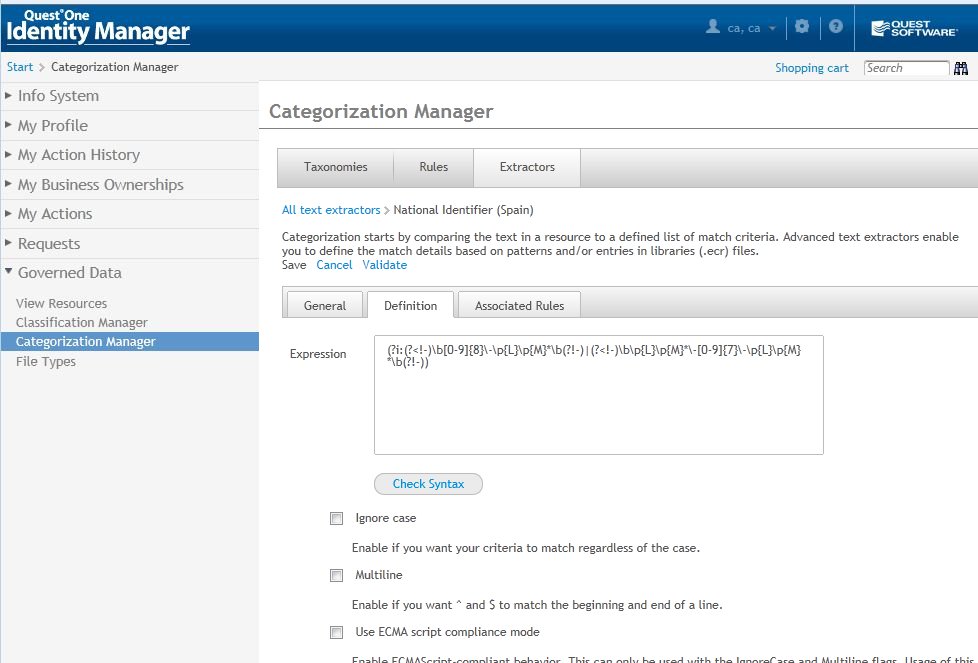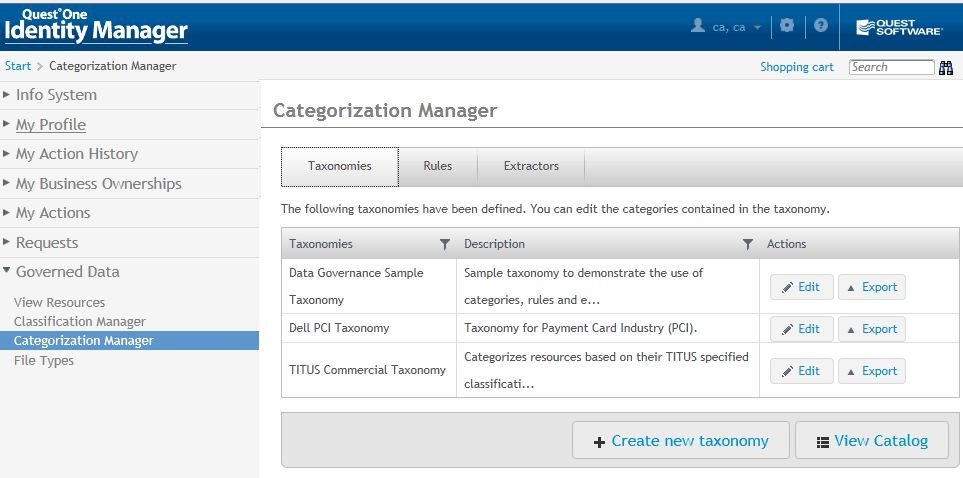RegEx Text Extractors
Improved Ease of Use : Manage Text Extractors : RegEx Text Extractors
Advanced Text Extractors
Improved Ease of Use : Manage Text Extractors : Advanced Text Extractors
Dictionary Text Extractors
Improved Ease of Use : Manage Text Extractors : Dictionary Text Extractors






